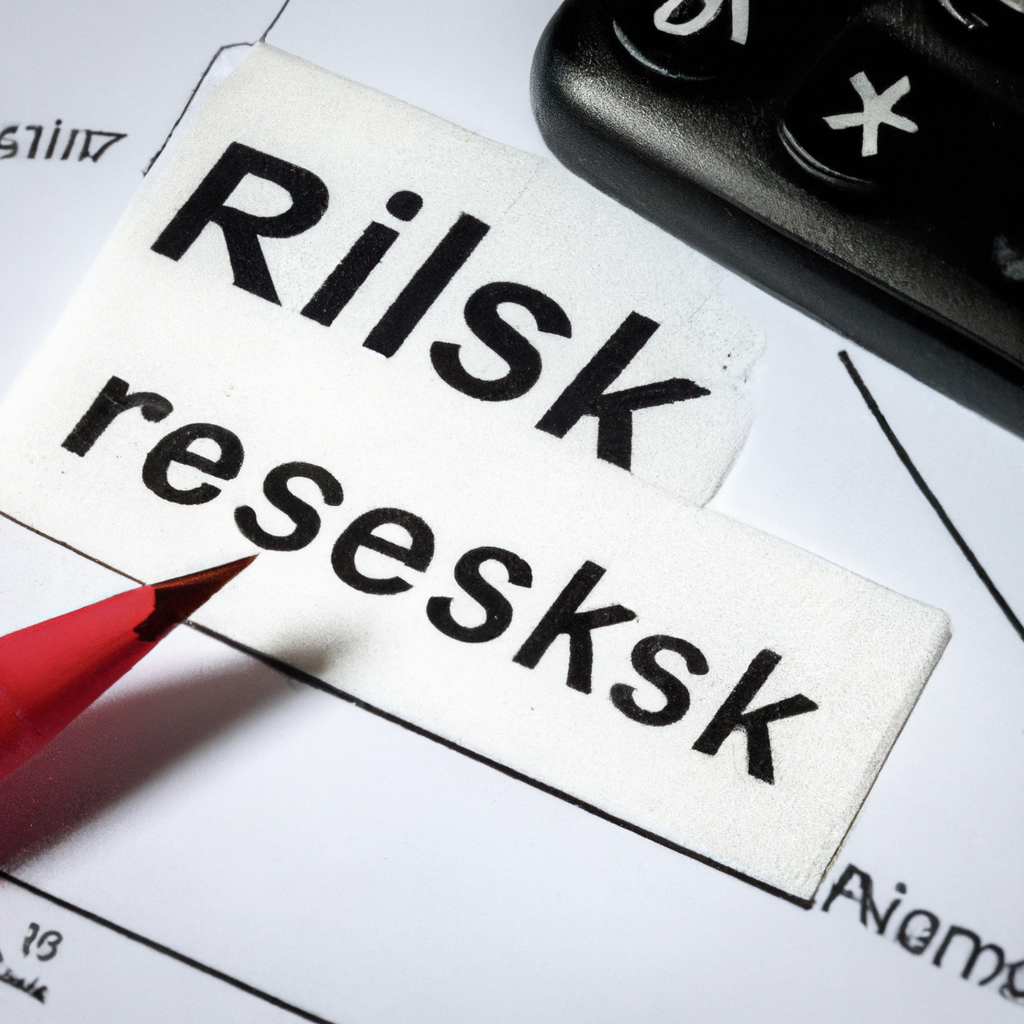Risk Management in Technical Analysis
Introduction
Technical analysis is a widely used method in the financial markets to forecast the future price movements of various assets. Traders and investors rely on technical indicators, chart patterns, and other tools to make informed decisions. However, it is crucial to remember that no analysis method can guarantee success, and there is always an inherent risk involved in trading. This article explores the importance of risk management in technical analysis and provides some strategies to mitigate potential losses.
Understanding Risk in Technical Analysis
Technical analysis involves analyzing historical price data to identify patterns and trends. While it can provide valuable insights, it is not foolproof and can sometimes lead to false signals. Therefore, it is essential to consider the risk associated with each trade and implement proper risk management techniques.
Setting Stop-Loss Orders
One of the fundamental risk management tools in technical analysis is setting stop-loss orders. A stop-loss order is a predetermined price level at which a trader will exit a position to limit potential losses. By setting a stop-loss order, traders can protect themselves from significant downturns and prevent emotions from influencing their decisions.
Using Position Sizing
Position sizing is another crucial aspect of risk management. It refers to determining the appropriate amount of capital to allocate to each trade based on the risk tolerance and account size. Traders should avoid overexposing themselves to a single trade and diversify their portfolio to spread the risk. By carefully managing position sizes, traders can limit the impact of potential losses on their overall portfolio.
Implementing Risk-Reward Ratios
Risk-reward ratios help traders assess the potential gain versus the potential loss of a trade. By determining the ratio before entering a trade, traders can ensure that the potential reward justifies the risk taken. For example, a trader may set a risk-reward ratio of 1:2, meaning they are willing to risk $1 to potentially make $2. This technique allows traders to focus on trades that offer favorable risk-reward profiles and avoid those with inadequate potential returns.
Regularly Reviewing and Adapting Strategies
Risk management in technical analysis is an ongoing process that requires regular review and adaptation. Traders should evaluate the performance of their strategies, identify any weaknesses, and make necessary adjustments. It is essential to stay updated with market conditions, news, and changes in technical indicators to ensure that risk management techniques remain effective.
Conclusion
While technical analysis can provide valuable insights into market trends and potential price movements, it is crucial to manage the associated risks effectively. By implementing risk management techniques such as setting stop-loss orders, using position sizing, considering risk-reward ratios, and regularly reviewing strategies, traders can mitigate potential losses and protect their capital. Remember, risk management is an integral part of successful trading and should never be overlooked.
